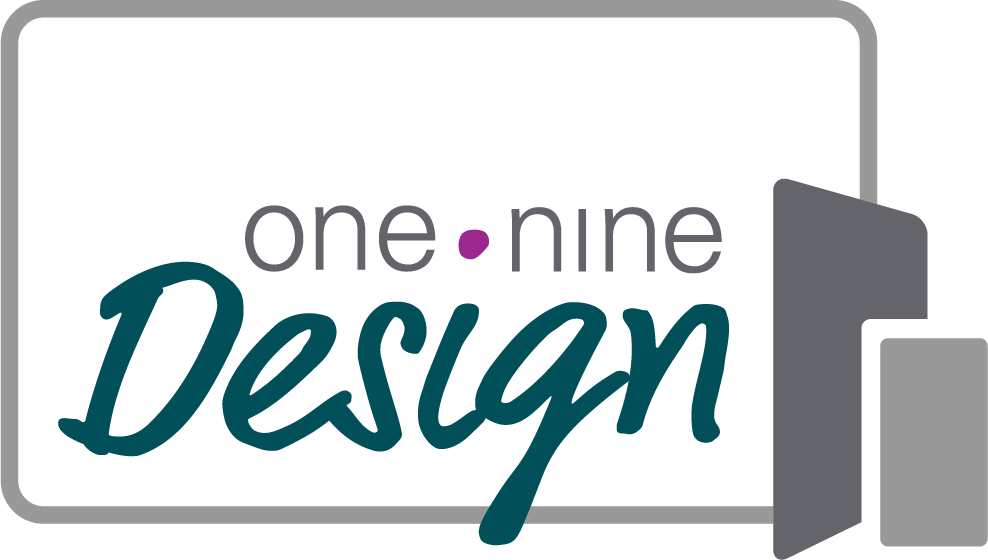What is strategic workforce planning and why does it matter?
In a corporate environment that is continuously changing, it is critical to be strategic about who you recruit and plan for how they will contribute to achieving your company's key objectives.
For this mindset to work, you must give serious attention and consideration to the talents of your staff, including those currently employed, those requiring development, and those you will onboard in the future.
This is the point where strategic workforce planning comes in handy.
What do we mean by strategic workforce planning?
Before we get into the details, let's define what workforce planning is all about.
In its most basic definition, workforce planning is the process of reviewing your present staffing level, projecting future recruiting needs to balance over or understaffing, and avoiding skill shortages when employing new personnel.
Strategic workforce planning also aids in identifying the training requirements of your present and future employees, as well as aligning your recruitment strategy with your company's strategic goals.
Strategic workforce planning enables you to do a variety of tasks, including:
Make a strategy for your recruitment activities.
Maintain control over staff turnover.
Increase efficiencies
Making the most of your workforce
Analyze your workplace goals
Strategic workforce planning is concerned with ensuring that your organization's workers can achieve the organization's business objectives.
What is the company's short- and long-term vision? What is its mission? Was there a specific goal in mind, and what resources does it require in terms of human capital to attain that goal?
This approach demands the support of all stakeholders before beginning strategic workforce planning, including members of upper management, HR, and finance.
Evaluate your current workforce
The next step in strategic workforce planning is to look at your current personnel. What is the current composition of your company's employee base? What kind of individuals and talents do you already have on hand at your company?
Labor analytics, particularly workforce analytics, can be highly beneficial in this situation, providing workforce demographics to inform future business decisions.
Analyze potential skill gaps
Once you have a detailed analysis of your current workforce and perspective on your business goals, you can begin to address any potential skills gaps that need addressing through new hires.
A skills gap analysis helps predict when employees will leave and aids in planning for those departures. Are you planning to use freelance workers and transition to a more task-based kind of employment? Alternatively, do you wish to train existing employees to take on additional responsibilities?
Additionally, the globalization of information and technical innovations will likely result in a digital skills gap that businesses will need to address in the long term.
Consult professionals
Workforce planning is complicated and often outside the scope of what traditional managers or supervisors are skilled to handle.
Engage the services of a consultant or someone who focuses on workforce planning to assist you throughout the process, when needed, and allow current employees to participate in the process.
Consider your company culture
Technology, remote work environments, and global infrastructure will all play a role in determining your workforce's future.
However, it is important not to overlook the importance of company culture when it comes to workforce planning.
Your organization's culture is continuously changing, just as the people and talents you require are continually evolving. Therefore, long-term planning for how your company will respond to outside variables and keep the current desired culture intact is not only necessary but required for business growth.
Be prepared to adapt
The business climate of the twenty-first century is continually changing, exasperated by a global pandemic and shifting priorities among the global workforce.
For this reason, to have a responsive workforce, you must also have a flexible workforce planning system. A flexible mindset is a valuable asset in any employee but critical in those with leadership responsibilities or those charged with making business decisions that impact the current workforce and vendors and clients.
Now that we've covered setting up your workforce, it's time to look at how to help your workforce make the most of their skills.
Setting your workforce up for success
Ensure a healthy working atmosphere
Employee satisfaction is a vital part of workplace management that many companies overlook. If your employees are dissatisfied with their jobs, there is a high likelihood of poor performance or high turnover. Offering flex time or generous paid leave is a great place to start; however, asking employees what they value and expect is even better.
Empower your team to make data-driven decisions
Some of the happiest employees are those who have autonomy over their jobs and the ability to make decisions in the best interest of the company. This level of trust takes time to build but can translate into lower employee turnover, higher job satisfaction, and increases in company profits.
Whether those data-driven decisions are around redesigning the company’s website, the hours a department works, which vendors to use for company events, or how to best promote an upcoming product launch, empowering others is a win for everyone.
Establish systems to rotate work schedules
Ensure fairness and predictability with shift-workers and avoid any appearance of favoritism by creating systems to manage employee schedules. For example, consider whether it would be feasible to set up a rotating shift to make it fair for everyone or use an outside human resources consultant to find creative ways to solve the issue.
How do you handle workforce planning? Has COVID-19 changed your approach? Leave a comment and let us know!
One Nine Design is a digital marketing company helping small businesses and nonprofits learn how to use their website and email list to grow their reach and make a bigger impact!
You might like some of these related posts..





